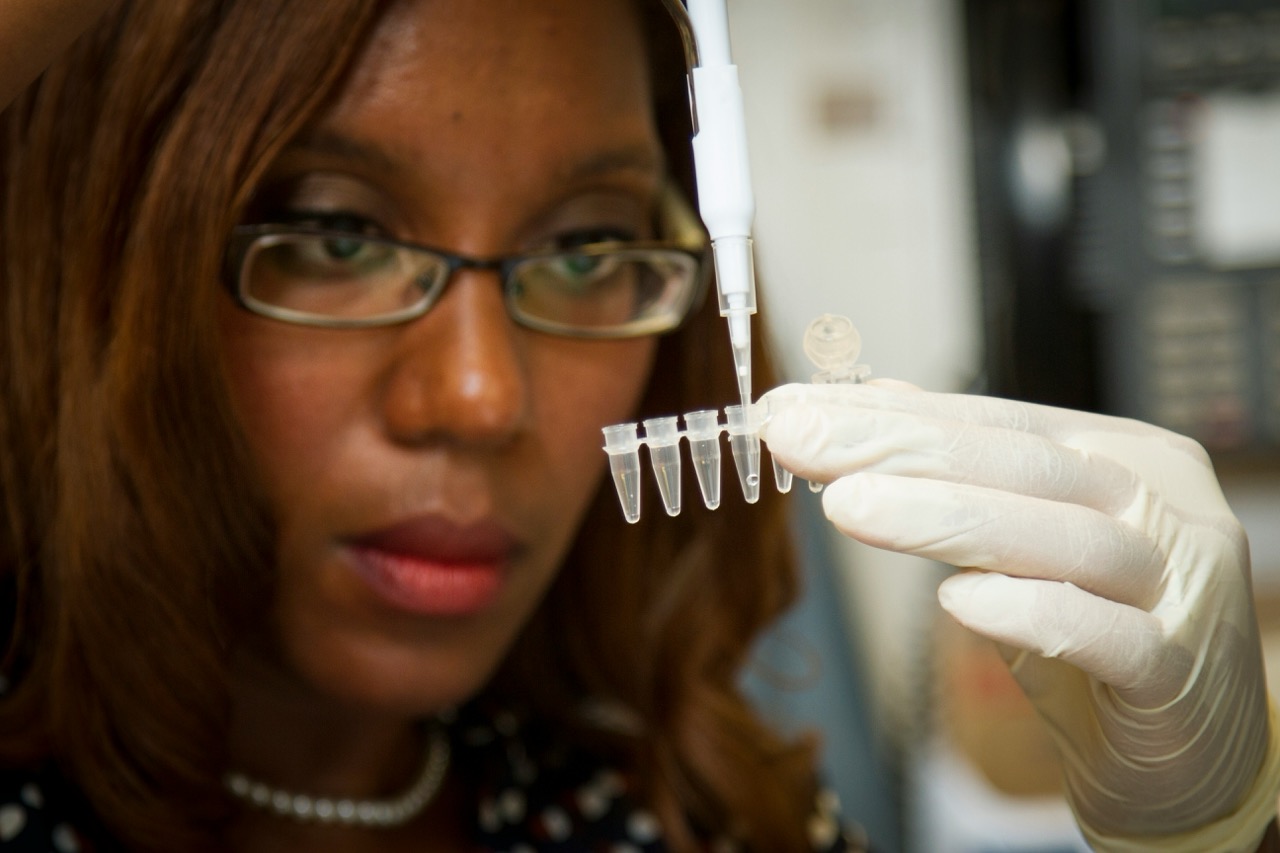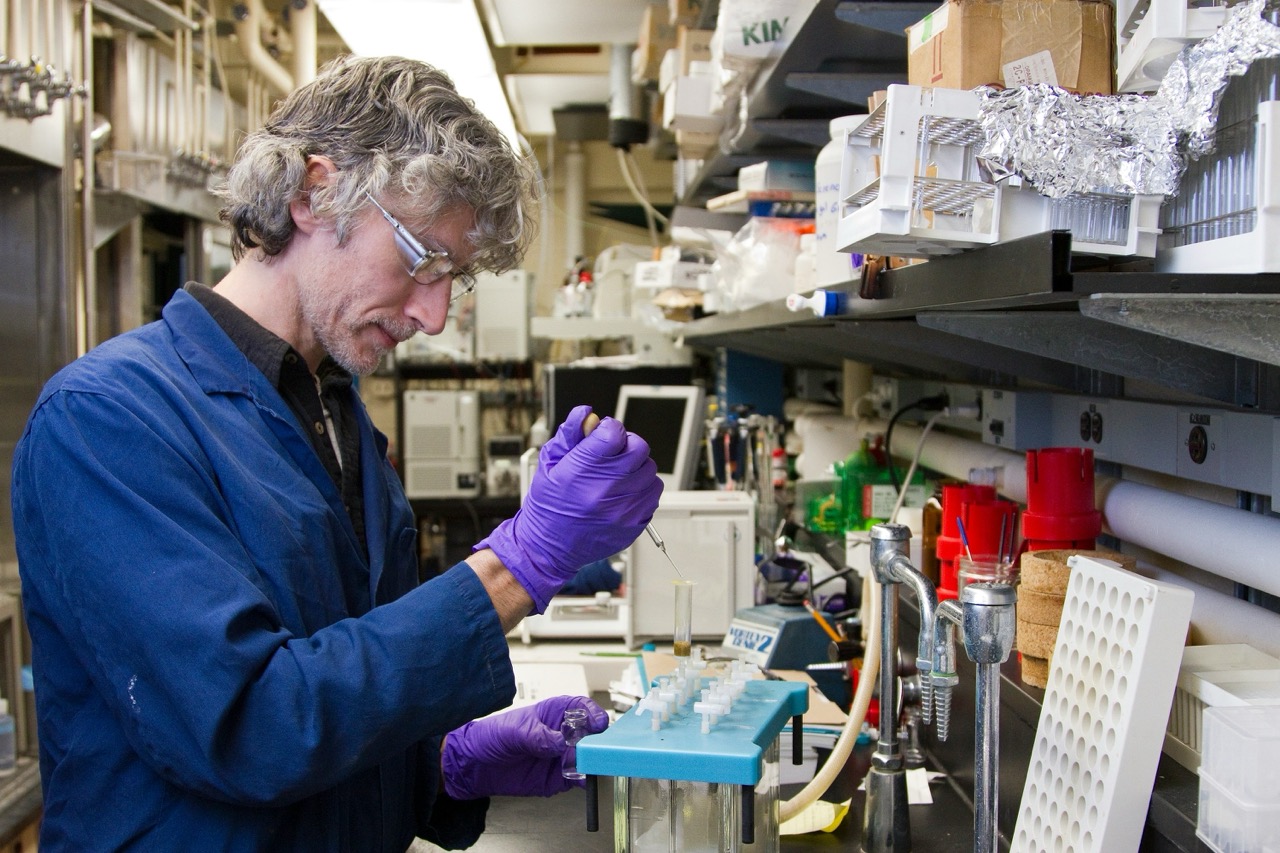Sexually transmitted diseases (STDs) remain a significant public health concern worldwide, affecting millions of individuals regardless of age, gender, or sexual orientation. Despite the critical importance of regular testing and early detection, stigma surrounding STD testing persists, deterring many from seeking the care they need. This article examines the multifaceted issues surrounding STD testing stigma, exploring its implications on individual health and public health outcomes, while also providing insights into how we can break down these barriers.
Understanding the Importance of STD Testing for All Individuals
Regular STD testing is a fundamental component of sexual health for everyone, regardless of their perceived risk. Early detection of STDs can lead to timely treatments that can prevent long-term health complications, including infertility and increased susceptibility to other infections. Moreover, individuals can unknowingly transmit STDs to partners, which makes testing not just a personal health issue but a collective responsibility. Understanding that anyone who is sexually active is at risk underscores the necessity of routine testing within a broader health framework.
Additionally, the importance of STD testing extends beyond individual health; it plays a vital role in public health efforts to control the spread of infections. By identifying and treating infected individuals, we can reduce transmission rates in communities, ultimately benefiting everyone. Thus, encouraging testing should be a priority for healthcare systems, emphasizing that it is a proactive measure for ensuring both personal and public health.
The Role of Education in Reducing STD Testing Stigma
Education is a powerful tool in dismantling the stigma surrounding STD testing. Comprehensive sexual health education can help individuals understand the prevalence of STDs, the importance of testing, and the potential consequences of untreated infections. By providing accessible information, we empower individuals to take control of their sexual health and encourage open discussions about STDs, which can foster a more accepting environment around testing and treatment.
Moreover, educational initiatives can target specific populations that may experience heightened stigma, such as young adults, LGBTQ+ individuals, or marginalized communities. Tailored educational programs that address cultural sensitivities and misinformation can significantly reduce fear and shame associated with STD testing. Ultimately, education promotes a culture of acceptance and awareness that is crucial for encouraging people to seek the testing they need.
Common Misconceptions About STD Testing Explained
Several misconceptions about STD testing contribute to the stigma that surrounds it. One prevalent myth is that only individuals with multiple sexual partners or certain sexual orientations need to be tested. This notion not only perpetuates stereotypes but also misleads individuals about their risk. In reality, anyone who is sexually active is at risk for STDs, regardless of their relationship status or sexual history.
Another common misconception is that STD testing is invasive or painful. In truth, many STD tests are non-invasive and can be conducted through simple urine samples or blood tests. Advances in testing methods have made the process more comfortable and accessible. By debunking these misconceptions, we can alleviate fears and encourage a more proactive approach to sexual health.
The Clinical Benefits of Regular STD Testing Practices
Regular STD testing allows for the early detection and treatment of infections, which is critical for reducing complications associated with untreated STDs. For instance, conditions such as chlamydia and gonorrhea, if left untreated, can lead to serious health issues like pelvic inflammatory disease (PID) in women, which may result in infertility. Regular testing ensures that individuals remain informed about their health status, enabling prompt interventions that can prevent serious health consequences.
Furthermore, routine testing contributes to better overall public health metrics. By identifying and treating infections early, healthcare providers can reduce the prevalence of STDs within communities, thereby lowering transmission rates. This collective benefit underscores the need for regular testing as an integral part of preventive healthcare practices, fostering healthier communities and populations.
Analyzing the Psychological Barriers to STD Testing
Psychological barriers, such as fear of judgment or anxiety about results, often play a significant role in deterring individuals from seeking STD testing. Many people harbor fears about being stigmatized or labeled by peers or healthcare practitioners, leading to avoidance of testing altogether. This fear is compounded by societal narratives that frame sexually transmitted infections as a moral failing rather than a common health concern.
Additionally, anxiety regarding potential positive test results can create a mental block against undergoing testing. The anticipation of bad news can be paralyzing, preventing individuals from taking proactive steps toward their health. Addressing these psychological barriers through supportive counseling and inclusive health messaging can help individuals feel more comfortable and empowered to seek testing.
How Stigma Impacts Public Health and STD Rates
The stigma surrounding STDs has profound implications for public health. When individuals avoid testing due to fear of judgment, they contribute to a cycle of silence and shame that allows STDs to proliferate. This avoidance results not only in untreated infections but also in increased transmission rates, ultimately exacerbating public health crises. The denial of testing services further hampers efforts to control outbreaks and manage overall community health.
Moreover, stigma can lead to systemic inequalities in healthcare access. Individuals from marginalized communities may face compounded stigma that discourages them from seeking testing, resulting in disproportionately high rates of STDs. This reality highlights the need for targeted public health strategies that address not only the biological aspects of STDs but also the social determinants contributing to stigma and unequal healthcare access.
Effective Strategies for Encouraging STD Testing Uptake
To effectively encourage STD testing, public health campaigns should focus on normalizing the conversation around sexual health. Initiatives that openly discuss STDs and emphasize their prevalence can help dismantle the stigma associated with testing. Campaigns should aim to reach individuals in various environments, including schools, workplaces, and community centers, using relatable messaging that resonates with diverse audiences.
Furthermore, implementing accessible testing services, such as walk-in clinics and at-home testing kits, can mitigate barriers to accessing care. By providing convenient and anonymous options for testing, individuals may feel less apprehensive about seeking services. Engaging trusted community leaders in outreach efforts can also help foster a sense of trust and encourage individuals to prioritize their sexual health.
The Impact of Cultural Norms on STD Testing Attitudes
Cultural norms play a significant role in shaping attitudes toward STD testing. In many cultures, discussions about sexual health are considered taboo, leading to increased stigma and reluctance to engage in testing. These cultural attitudes can create a barrier to accessing sexual health services, as individuals may fear judgment from their communities. Understanding the cultural context surrounding sexual health is crucial for developing effective public health interventions.
To combat these cultural barriers, health education programs must be culturally sensitive and tailored to specific communities. Initiatives that incorporate cultural values and norms can create a more welcoming environment for discussions about sexual health. By promoting acceptance and understanding within cultural frameworks, we can encourage individuals to seek testing without fear of stigma.
Utilizing Technology to Promote STD Testing Awareness
Technology has emerged as a valuable ally in promoting awareness about STD testing. Digital platforms, including social media and mobile apps, can reach a wide audience with messages about the importance of testing. Campaigns that utilize engaging content, such as videos and infographics, can effectively communicate the necessity of regular testing while reducing stigma through humor and relatability.
Moreover, telehealth services have expanded access to STD testing, allowing individuals to receive consultations and testing options without the need for in-person visits. This innovation has been particularly beneficial during the COVID-19 pandemic, as it offers a discreet and convenient way for individuals to manage their sexual health. By leveraging technology, we can enhance awareness and streamline access to testing services.
Best Practices for Healthcare Providers in Discussing STDs
Healthcare providers play a pivotal role in shaping attitudes toward STD testing. It is crucial for providers to approach conversations about STDs with empathy and non-judgment. Establishing a supportive and respectful environment encourages patients to express their concerns and seek necessary testing. Training healthcare professionals on effective communication strategies can enhance their ability to address sensitive topics without perpetuating stigma.
Additionally, integrating routine STD testing discussions into general health check-ups can normalize the practice and encourage patients to prioritize their sexual health. Providers should emphasize that testing is a standard part of healthcare, thereby alleviating feelings of shame. By fostering an open dialogue, healthcare professionals can help de-stigmatize STD testing and promote proactive health behaviors among their patients.
The Importance of Confidentiality in Testing Processes
Confidentiality is paramount in encouraging individuals to seek STD testing. Many individuals may avoid testing due to fears that their personal health information will not be kept private. Healthcare providers must ensure that testing processes prioritize confidentiality, reassuring patients that their information will be protected. Establishing clear policies regarding data privacy can help build trust between patients and healthcare providers.
Moreover, educating patients about their rights regarding confidentiality can empower them to seek testing without fear. Clear communication about how personal information is handled and protected can alleviate concerns and encourage individuals to access sexual health services. By prioritizing confidentiality, healthcare systems can create an environment that fosters openness and trust.
Future Directions for Addressing STD Testing Stigma
Addressing the stigma surrounding STD testing requires a multifaceted approach that includes education, community engagement, and policy reform. Future initiatives should focus on creating inclusive environments where discussions about sexual health are normalized. Collaborative efforts among public health organizations, community leaders, and healthcare providers can drive a cultural shift that dismantles stigma and promotes proactive health behaviors.
Additionally, continued research into the impact of stigma on testing behaviors can inform future interventions. By understanding the specific barriers faced by various populations, tailored strategies can be developed to address their unique needs. Ultimately, fostering a culture of acceptance and support around STD testing is essential for improving public health outcomes and reducing the prevalence of STDs.
Breaking the stigma surrounding STD testing is critical for advancing individual and public health. By understanding the importance of regular testing, addressing misconceptions, and leveraging technology and education, we can create an environment that encourages proactive health behaviors. As we work towards dismantling stigma, it is essential to prioritize confidentiality and effective communication in healthcare settings. By taking collective action, we can ensure that all individuals feel empowered to prioritize their sexual health, leading to healthier communities for all.










